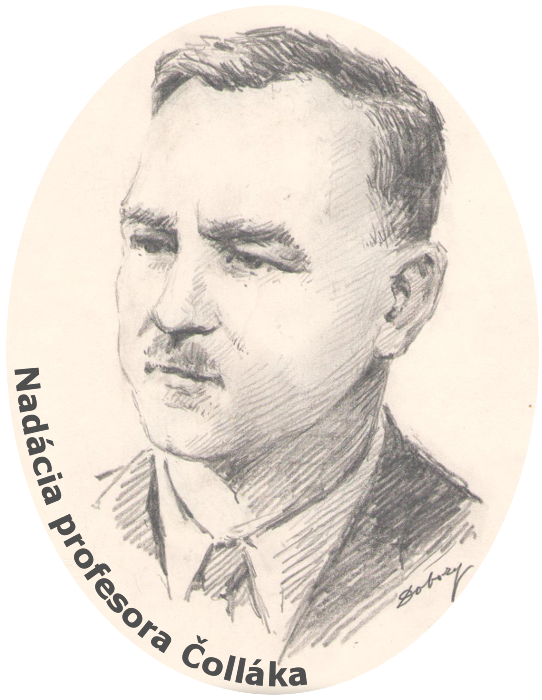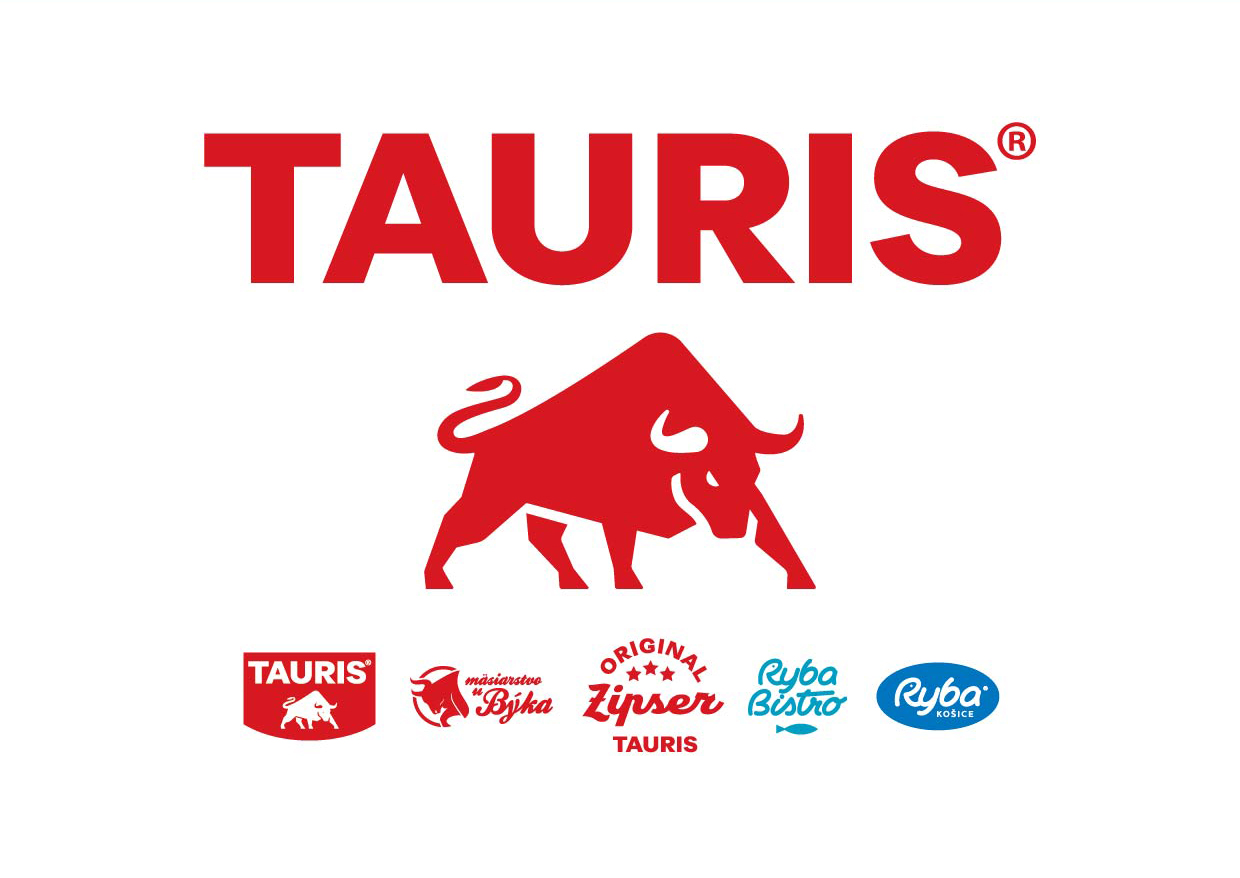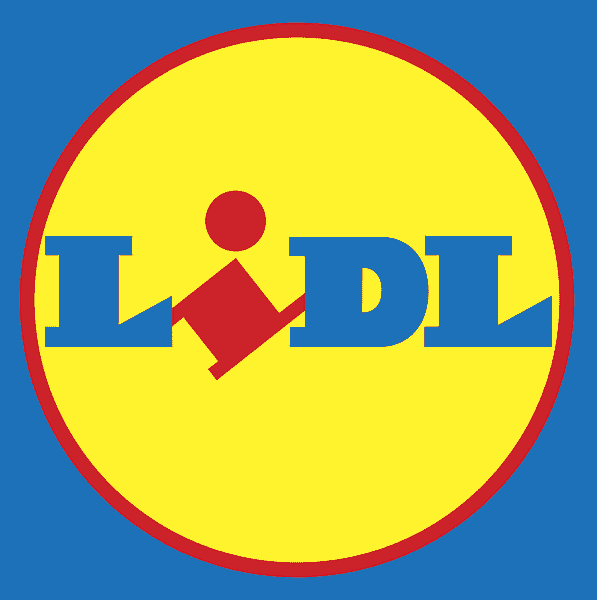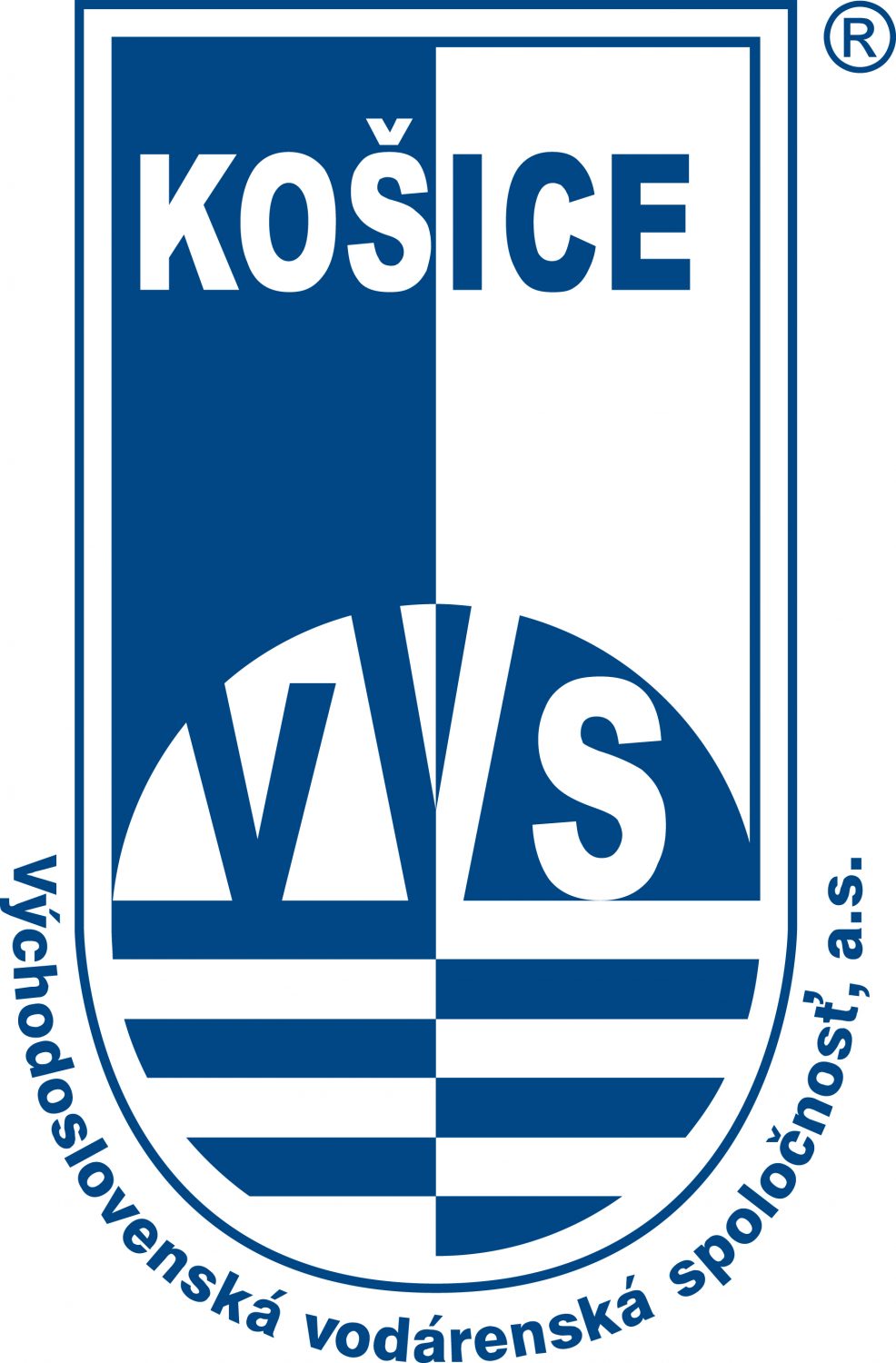Course period: 1.
Year of study: 3.
Compulsory module
The aim of the study in this subject is to acquire theoretical and practical knowledge and skills that the student will apply in the independent elaboration of a marketing research project. Getting acquainted with the importance of market research in marketing, sources of information, as well as with basic tools in marketing research. Knowledge of special areas of application of marketing research and prevailing procedures. Requirements for sample selection, processing of obtained data (statistics using software). Structure and content of the report from the research.
Brief module description:
The position of market research in marketing. The concept of market research, differences from marketing research. Basic areas of market research. Basic sources of information in market research. Primary and secondary sources. Accessible databases for secondary research.
Project elaboration and research organization. The main components of the project, research planning. Research process. Advantages and disadvantages of contracting and independent implementation of research.
Code of ethics in market research. Respondent's rights. Duties of the researcher. ESOMAR Code of Ethics. Methods used in market research. Interview as a method of research. Types of interviews, types of questions, ways of conducting interviews. Survey and questionnaire. Types of questions, errors in the construction of questions. Motivation of respondents. Construction of questionnaires.
Assessment scales. Types of assessment scales. Scale construction. Assessment errors.
Attitude scales - Likert, Thurston and Guttman attitude scales, their construction and use. Semantic differential. Choice of terms and adjectives. Construction, D-statistics and semantic space. Special areas of market research. Panel research. Types of panels. Main advantages and disadvantages. Panels on the Internet. Statistical processing of results - description of the statistical file, descriptive characteristics, investigation of dependencies. ANOVA and application to solve practical examples.










